 |
|

|
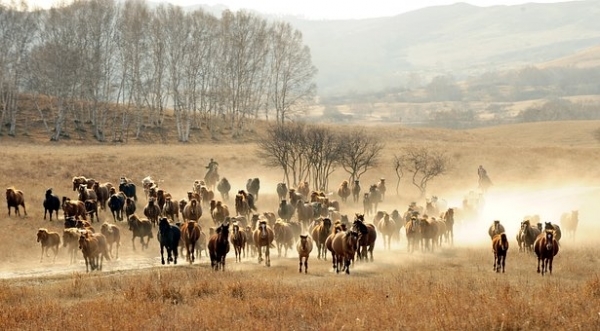 |
 |
April Large Animal News |
April 2019 |
 |
|
 |
We are delighted to advise Orange Veterinary Hospital partnership has expanded. Andrew Denman has recently joined Andrew Litchfield, John Mason and Genevieve Liebich as a business partner.
Andrew joined Orange Vet Hospital in April 2015 as a senior associate vet and is known and highly regarded by our clients. A passionate large animal vet Andrew is often at the wheel of his car navigating our extensive practice area visiting clients on farm & servicing our Molong Branch clinic.
Andrew is equally at home in his surgical scrubs in theatre and attending our small animal patients in Orange and is a valued mentor and colleague amongst our veterinary team.
We're thrilled to have you on board Andrew.
|
 |
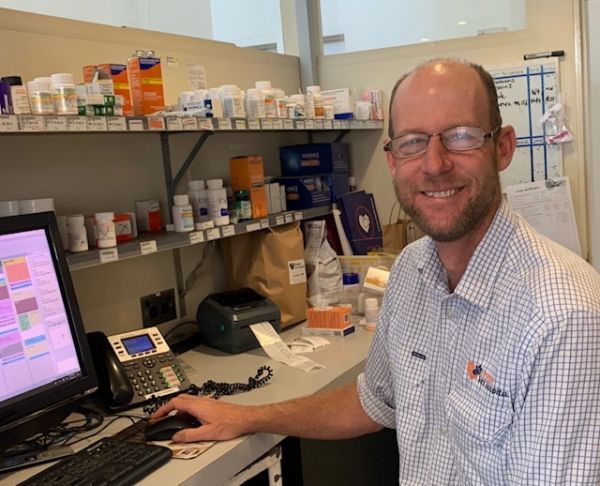 OVH new partner Andrew Denman
|
 |
 |
|
|
|
 |
 |
01 What to do with intruders on your property |
 |
 |

There is an ever-growing concern among the livestock farming community about the threat of activist trespassers. The illegal entry of activists onto farms poses many risks, including biosecurity concerns like introduced diseases, threats to animal welfare from unknown and untrained people being around the animals, WH&S risks, violence, as well as the fear of being ostracised on social media. It is important that each farm has a plan to deal with activists if they do enter your property. This has been well laid out on the Australian Farmers website.
Practices which should be implemented in preparation:
+ Erect signage on the front gate with words to the effect of ‘no entry without prior consent from owner’.
+ Limit access to the property to one main gate.
+ Adhere to best practices – don’t leave yourself vulnerable to attacks. This is one of the reasons the Welfare Check program is in place - so animal welfare can be continually monitored.
+ Engage with your community – talk with local police, neighbours and friends about this issue, and support each other if necessary.
+ Know your legal rights
If activists do enter, the following has been recommended:
+ Ask them to leave – this may seem obvious, but once asked to leave they are officially a trespasser.
+ Call 000, and be specific about your concerns of biosecurity, animal welfare, WH&S etc.
+ Record everything and focus on the people and their vehicles and number plates. Also record their interactions with animals.
+ Do not use force – even “reasonable force” can quickly overstep the line and turn into an assault charge.
+ Work with police to make a formal complaint, then consider legal action.
If you are concerned about the animals for any reason, call us. In the mean time, sign the petition to strengthen trespass laws.
|
 |
 |
|
 |
 |
02 Sedating rams for shearing |
 |
 |
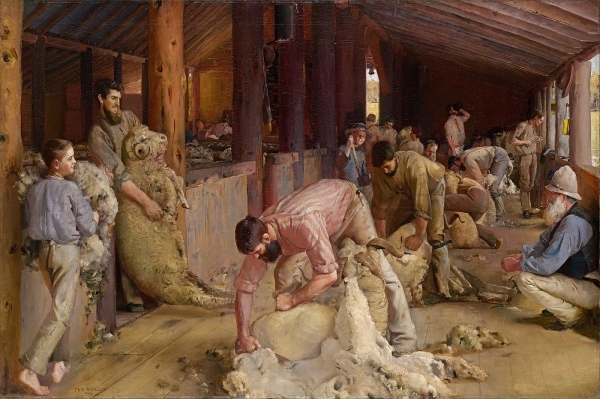
Shearing of the rams is an iconic painting by Tom Roberts. He finished the artwork in 1890 and today it is regarded as an archetypal vision of Australian pastoral life. It depicts the tough days of hand shearing, prior to the modern instruments we use today. In days gone by, injuries were frequent - meaning many good shearers ended their careers earlier than anticipated.
One of the modern tools we use to make this job easier, faster, and safer for all concerned is sedation. The drug of choice, acepromazine or “Ace”, is reliable, relatively safe, and provides around 2-4 hours of sedation. Before you ask for it, however, there are a few things you need to know:
+ It is a Schedule 4 drug, meaning that certain requirements must be satisfied before it can be legally sold.
+ In all States and Territories, a bona fide veterinarian/client relationship must be in place to legitimise any supply of Schedule 4 drugs.
+ The sedative must be sold to the owners of the sheep, and not contractors. It is likely that you will be visited on your farm for help with the training around, and administration of, the sedative in the first instance to ensure appropriate use.
It is also vital that you do not on-supply, or redistribute, any sedation you receive. In order to stay safe, and meet regulatory requirements, it is vital that you research and comprehend the proper use of sedatives for the purpose of shearing. Unlike over-the-counter products like drench, there must be proper education and awareness about this controlled drug.
For more detailed information, have a look here.
|
 |
 |
|
 |
 |
03 Why is my pony so fat? |
 |
 |
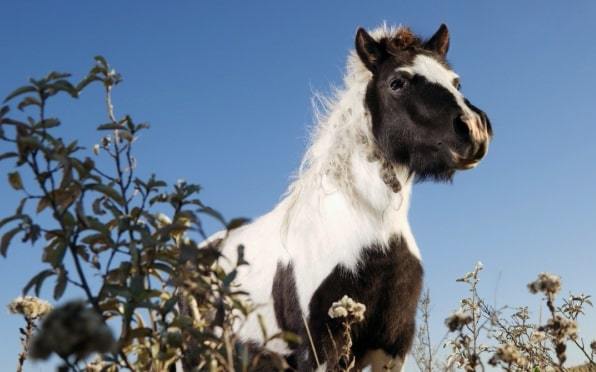
Equine metabolic syndrome (EMS) is a disease we commonly see in ponies. If left untreated it can have dire consequences including hyperlipaemia or ‘fatty blood’, laminitis, and even death in severe cases. Ponies are prone to persistently high levels of insulin which is the hormone responsible for keeping blood glucose at normal levels. Rich feed raises blood glucose levels which in turn raises insulin levels.
This is similar in some ways to type 2 diabetes in humans. In horses, insulin resistance causes fat to be laid down excessively and can damage the lamina within the hoof.
Signs of EMS to watch out for in your pony include:
+ Easy weight gain
+ A cresty neck
+ Abnormal fat deposits
+ Laminitis
If we suspect EMS in your horse we'll check with a blood test. This condition is managed by controlling your horse's diet and encouraging exercise. A diet very low in simple carbohydrates such as grain and concentrate feeds is recommended, and often access to pasture must be restricted. Medications can be prescribed to aid management in severe cases, and any signs of laminitis will also be addressed.
|
 |
 |
|
 |
 |
04 Fixed time artificial insemination in beef heifers |
 |
 |
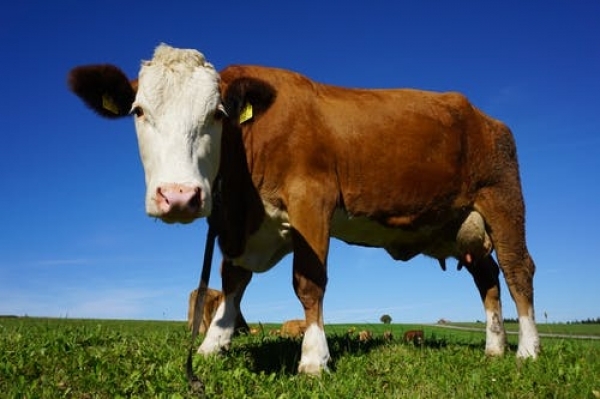
Beef heifers are a great mob to synchronise using artificial insemination (AI). Provided they have met their critical mating weights, and they are free of reproductive diseases like Bovine Viral Diarrhoea Virus, the pregnancy rates achieved with fixed time AI are very high. Whether you are planning a bull joining, or an AI program, there are a few paramount factors for getting your heifers ready for successful reproduction. These include:
1. Critical mating weights
Getting heifers to 60-65% of their mature body weight (mins 360kg for 600kg mature weight cows) will ensure they have reached sexual maturity. The result is higher pregnancy rates at joining compared to lighter animals, and reduced rates of dystocia (assisted calvings) in heavier, well grown heifers, compared to lighter, poorly grown heifers.
2. Bovine Viral Diarrhoea Virus
In a 2015 report by Meat and Livestock Australia BVDV, or “Pestivirus”, was rated to be the 2nd most economically important disease in the red meat industry, costing $114.4 million to Australian beef producers every year. Heifers are a critical control point for this disease. Screening for persistently infected heifers is commonly used for herd surveillance and eradication programs. BVDV can severely impact both natural and AI joinings, and needs to be controlled before the joining period.
3. Internal parasites
Worms also came up in the MLA report, costing Southern Australian beef producers $82 million per annum, with nearly all losses occurring in animals up to 2 years of age. To prevent production losses, heifers generally require 2-3 drenches from weaning to adulthood. Internal parasites have a knock on effect to fertility as heifer growth rates slow with parasite burdens.
For specific advice on maintaining cattle body weight, parasite and BVDV control, please ask us.
|
 |
 |
|
 |
 |
05 3 reasons to use artificial insemination in your beef heifers |
 |
 |
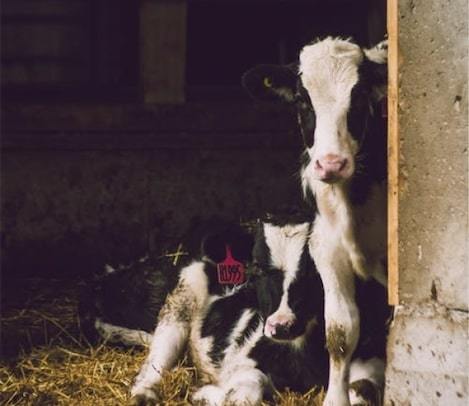
Following on from the previous article, once you have your heifers ready for mating, now it’s time to think about AI for the following reasons:
1. Calving ease
With a wide range of bulls to select from, you can select bulls that produce lighter calves, have shorter gestation lengths and grow out heifers that subsequently calve easier.
2. Simplify your joining
In three or four yardings, and minimal handling, you can have 100% of your heifers joined to the bull of your preference. When using fixed time programs, there is also a good opportunity to synchronise the returns, so that another round of AI can be performed. Following this, either a 3rd round of re-synchrony is used, or bulls are run as a ‘mop up’.
3. Compact calvings
The compact calvings achieved with fixed time AI programs have a two-fold effect. Firstly, this allows the heifers the most time to recover, and return to a rising plane of nutrition before the subsequent joining, which maximises their pregnancy rates. Secondly, this also produces homogenous lines of steers and heifers. The steers are heavier at weaning compared to their peers in natural matings, and the replacement heifers have longer on the ground to grow out to meet their own critical mating weights.
If you’re ready to take the next step in your beef herd, talk to us about AI in heifers.
|
 |
 |
|
 |
 |
06 Controlling bloat in cattle |
 |
 |
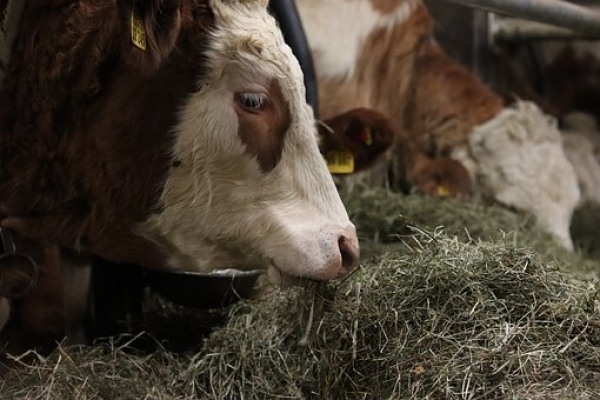
We’re heading into the time of year where cases of bloat are more frequent due to short, yet rapidly growing pastures, often full of young clover. Bloat is caused by an increase of pressure, caused by gas that develops in the rumen when feed is fermented. Often, the fermentation results in a form of stable foam which becomes trapped in the rumen. Here are our top tips to reduce the chance of bloat occurring in your cattle.
+ Introduce cattle to pasture later in the day (e.g. after 11am) rather than first thing in the morning. This allows the sugar levels to build up in the plant.
+ Feed hay daily. On high risk pastures, hay should make up at least 1/3rd of the herd’s diet. It is an effective bloat control measure, however it does not have residual effect and requires daily feeding.
+ Strip graze, or restrict time, on clover dense pastures.
+ Establish mixed swards. By mixing higher rates of ryegrass or cereals through clover, the bloat risk reduces.
+ If possible, feed an ionophone such as monensin sodium (Rumensin). This can be done in loose licks or molasses mixes, in partial mixed rations or mixed with cereal grain as a carrier in self-feeder bins.
Cattle will learn to adapt and will sense bloat coming on, the issue often occurs when cattle are introduced to new paddocks, especially when they are hungry. If feed has been limiting, it’s important to fill them up with hay before turning out to pasture.
|
 |
 |
|
 |
 |
07 Why is my horse so hairy? |
 |
 |
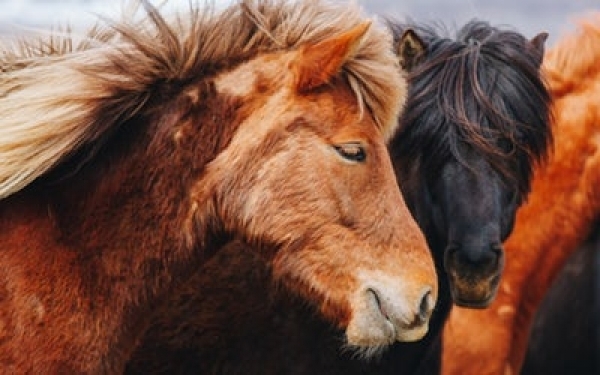
Cushing’s disease is the common name for Pituitary Pars Intermedia Dysfunction or PPID, and is a hormonal disease often seen in horses and ponies. A benign tumour which develops at the base of the brain results in excess production of the stress hormone cortisol. Signs of equine Cushing's disease can include:
+ A long shaggy coat year-round
+ Lethargy
+ Laminitis
+ Excess drinking and urination
+ Changes in muscle mass
An obvious risk of Cushing's disease is that hairy horses may easily overheat. In addition, horses with this condition are more susceptible to infections, worm infestation, infertility and slow wound healing. We usually see this disease in older animals over 15 years of age, and will confirm the diagnosis with blood testing.
To treat Cushing's disease we will most likely prescribe pergolide, an oral medication given every day under veterinary advice. It acts by balancing your horse's hormone system, so they can shed their coat, have more energy and are less laminitic.
If you think your older horse or pony may be suffering from equine Cushing’s disease please give us a call to discuss your diagnosis and management options with our experienced and caring vets.
|
 |
 |
|
|
